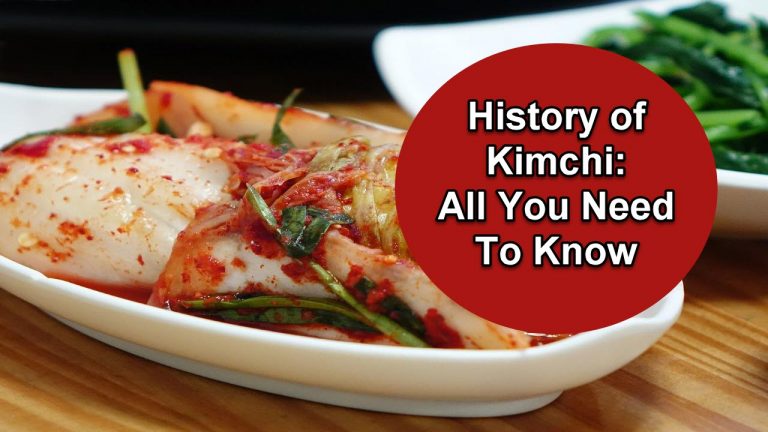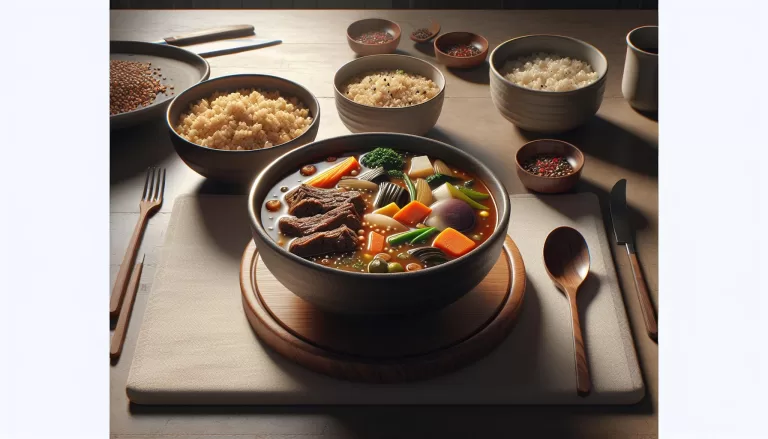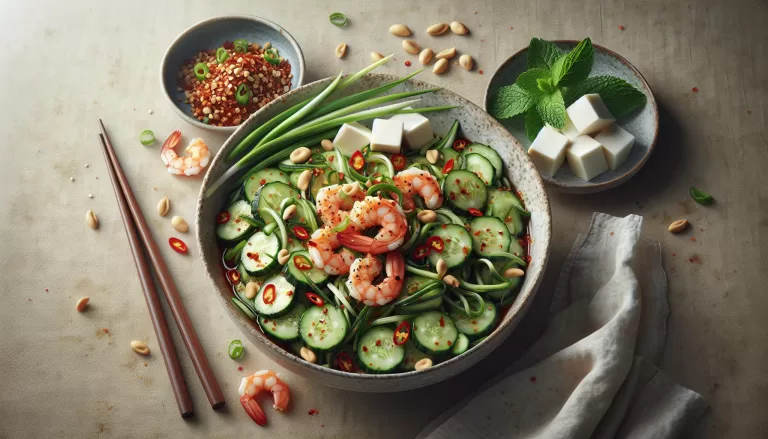Expert Guide to Perfect Homemade Kimchi Soondubu Jjigae Soft Tofu Stew Recipe
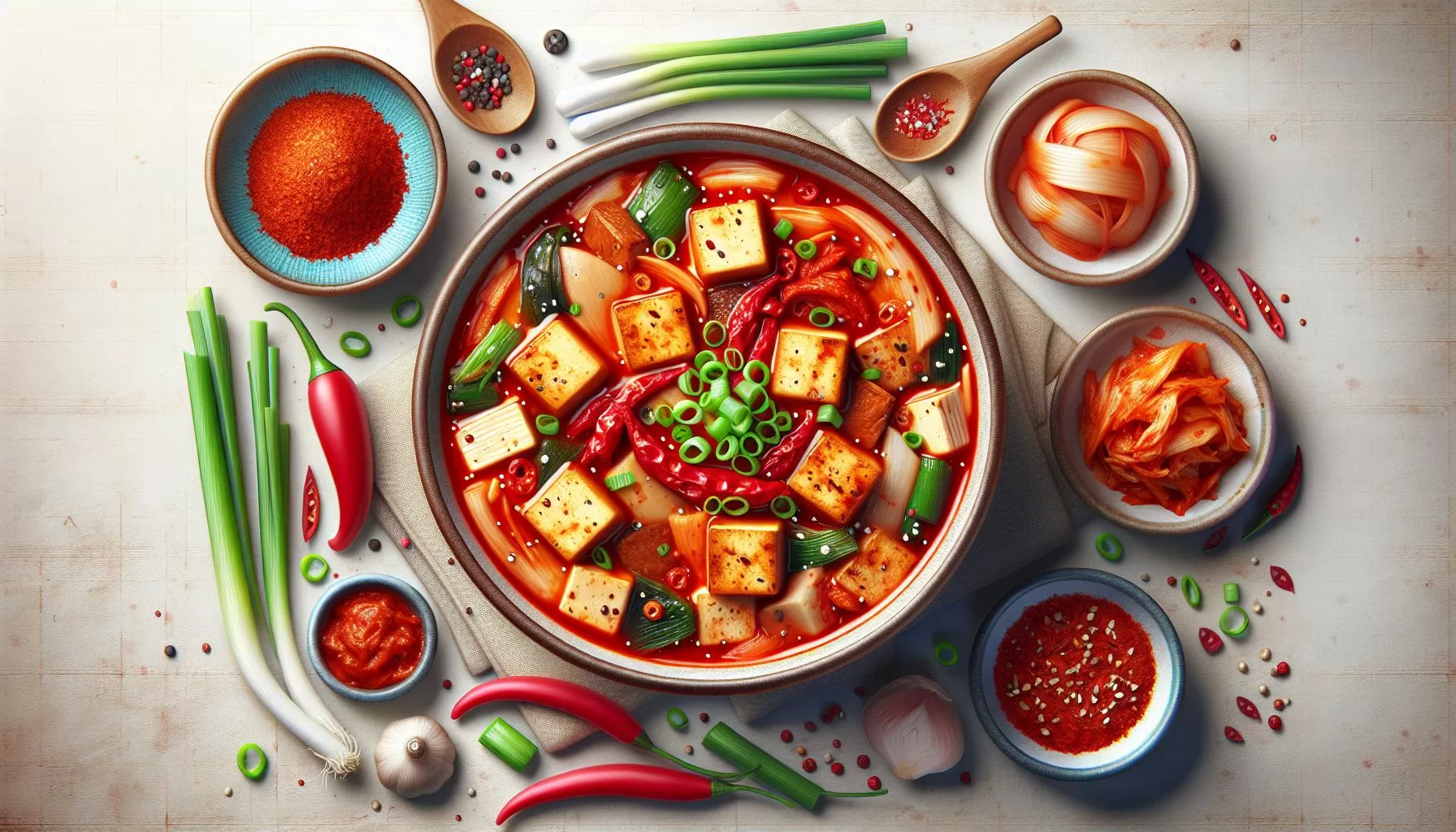
Understanding Soondubu Jjigae
Soondubu Jjigae is a cornerstone of Korean cuisine. It’s a hearty, spicy stew featuring silken tofu bathed in a fiery broth made from kimchi, vegetables, and an array of traditional Korean seasonings. The end result? A bright, textured bowl of flavors that hit all the right comforting notes.
The star of Soondubu Jjigae is undoubtedly the silken tofu. Tender and creamy in texture, this versatile ingredient readily absorbs the robust flavors of the broth. It’s an indispensable component of the dish, providing a soothing contrast to the assertive, zingy broth.
Kimchi is another integral part of Soondubu Jjigae. It’s not just an addition, it’s a heart that gives this stew its unique and distinctive taste. Homemade kimchi takes the flavor up a notch. Don’t worry if you have store-bought kimchi on hand – you can still achieve remarkable depth in your stew. Remember: the more fermented your kimchi, the better the flavor.
When making Soondubu Jjigae, go for quality ingredients. If they’re locally sourced and fresh, that’s even better. Your broth base can range from simple vegetable stock to complex marine extracts. Feel free to experiment!
In terms of nutrition, Soondubu Jjigae packs a punch:
| Nutrition Facts | Amount per Serving |
|---|---|
| Calories | 180-200 |
| Carbs | 20g |
| Protein | 12g |
| Fat | 6-8g |
| Vitamins | A, B, C, D, E |
To add character and make Soondubu Jjigae more memorable, feel free to mix and match ingredients according to your palate. After all, it’s your kitchen, your rules. So why not try adding the sweetness of corn, the crunch of fresh sprouts, or the earthiness of mushrooms? It could be your unique touch to the wonderful dish that is Soondubu Jjigae.
Importance of Homemade Kimchi
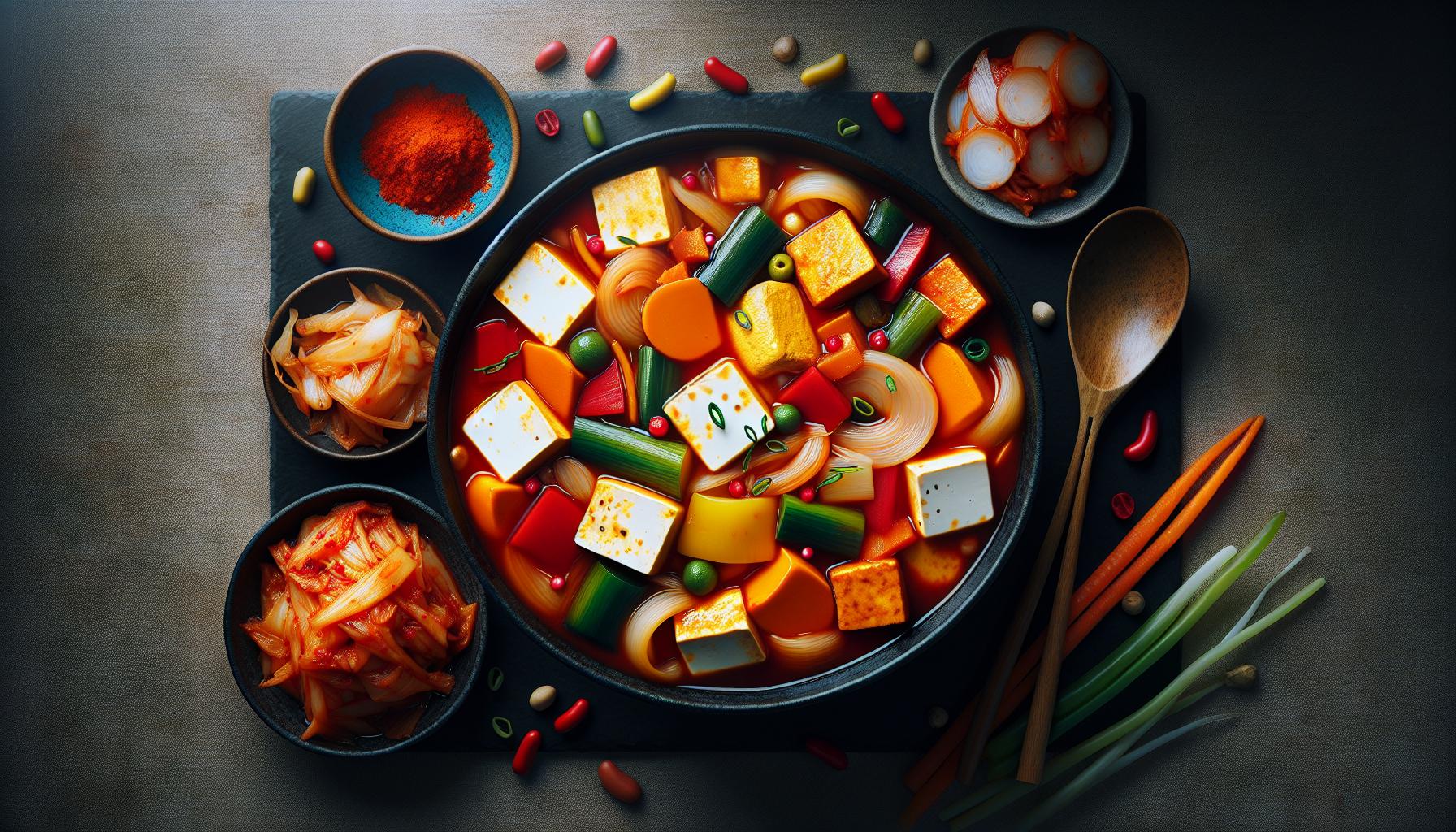
It’s the heart and soul of your Soondubu Jjigae – yes, we’re talking about kimchi! You’ve probably tasted store-bought kimchi, but have you ever tried homemade kimchi in your Korean stew? If not, you’re missing out on a gastronomical revelation.
Let’s dive deeper into why homemade kimchi is a game-changer for your Soondubu Jjigae. Homemade kimchi brings an unparalleled depth of flavor that store-bought jars just can’t match. With an optimal mix of tanginess, spicy heat, and umami, it gives your stew an elevated punch of taste.
Moreover, with homemade kimchi, you’re in control of the ingredients. You can pick high-quality, fresh vegetables, and skip on preservatives found in commercial varieties. Ever thought of adding a unique ingredient? Here’s your chance! Include special components such as Asian pear or oysters for an extra dose of flavor and texture.
Making your own kimchi also counts towards a healthier meal. Researchers claim that fermentation increases the availability of essential nutrients. Plus, the longer the fermentation, the greater the health benefits. It’s your call to decide how long you want your kimchi to ferment for a nutrient-rich stew!
Finally, homemade kimchi lets you experiment with the heat level, a key factor in Soondubu Jjigae. Test your limits by adjusting the red chili flakes to suit your palate. Adjusting the intensity of the heat not only influences the taste, but it also changes the entire dining experience.
Ingredients for Homemade Kimchi Soondubu Jjigae

Let’s dive right into what you’ll need for your homemade kimchi Soondubu Jjigae – the ultimate comfort food. Don’t fret if you can’t find every item on the list. The beauty of this dish lies in its adaptability.
You’ll start with:
- 1/2 cup of homemade kimchi. It’s the essential ingredient, bringing a depth of flavor that store-bought versions can only dream of.
- 150g of soft tofu. The silky texture pairs perfectly with the vibrant kimchi.
- 50g of pork. Optional for vegetarians, of course. But this bit of protein brings a hearty note to the stew.
Remember what we said about spice? You’re in control. So for the broth you’ll need:
- 1 tablespoon of gochugaru (Korean chili powder). Adjust to personal heat preference.
- 1 tablespoon of gochujang (Korean chili paste). This condiment delivers both heat and a complex depth of flavor.
Here’s the complete list in a markdown table for easy reference:
| Ingredient | Quantity |
|---|---|
| Homemade kimchi | 1/2 cup |
| Soft tofu | 150g |
| Pork (optional) | 50g |
| Gochugaru (Korean chili powder) | 1 tablespoon |
| Gochujang (Korean chili paste) | 1 tablespoon |
Apart from these foundational elements, your creativity is welcome.
Maybe you’d like to throw in Asian pear slices for a hint of sweetness? Or perhaps a few oysters for added brininess and texture? Give it a shot! Who knows? Your unique twist on Soondubu Jjigae could end up stealing the spotlight at your next dinner party.
So there you have it. A simple setup with endless possibilities. Now, let’s talk about how you’ll put it all together…
Step-by-Step Recipe Guide

Let’s get started on your journey to mastering the art of Kimchi Soondubu Jjigae.
Start by gathering the essentials. You’re going to need:
- 1 cup homemade kimchi
- 2 cups of soft tofu
- Optional: 100 grams of pork
- Spices: A mix of gochugaru and gochujang to your liking
Once you have these, fire up your stove and let’s get cooking.
- Prepping your ingredients:
Your homemade kimchi should be finely chopped. The soft tofu needs to be cut into bite-sized cubes. If you’ve opted for pork, slice it into thin pieces. - Cooking the stew:
Start with sautéing the pork in a bit of oil until it’s no longer pink. Once it’s cooked, add your chopped kimchi and stir-fry it with the pork for a few minutes, enabling the flavors to meld together. - Spicing it up:
This is where you get to decide the heat level of your stew. Add your gochugaru and gochujang, stir well. Once it’s mixed, pour in about two cups of water, bringing it all to a steady simmer. - The tofu’s grand entrance:
As the stew simmers, gently place your tofu cubes in the mix. Allow the tofu to soak up those flavors, and cook for a further 10 minutes.
Aside from the base recipe, remember, this stew carries endless possibilities. Show off your creativity by personalizing your stew. A slice of Asian pear can bring in a sweet contrast, while a sprinkle of oysters can elevate the stew’s richness.
To cater to the health-conscious out there, this dish approximately carries:
| Nutrition | Amount |
|---|---|
| Calories | 240 kcal |
| Protein | 9g |
| Carbohydrates | 15g |
| Fat | 15g |
Feel free to adapt and play around with ingredients according to your dietary needs.
Tips for Perfecting Your Soondubu Jjigae
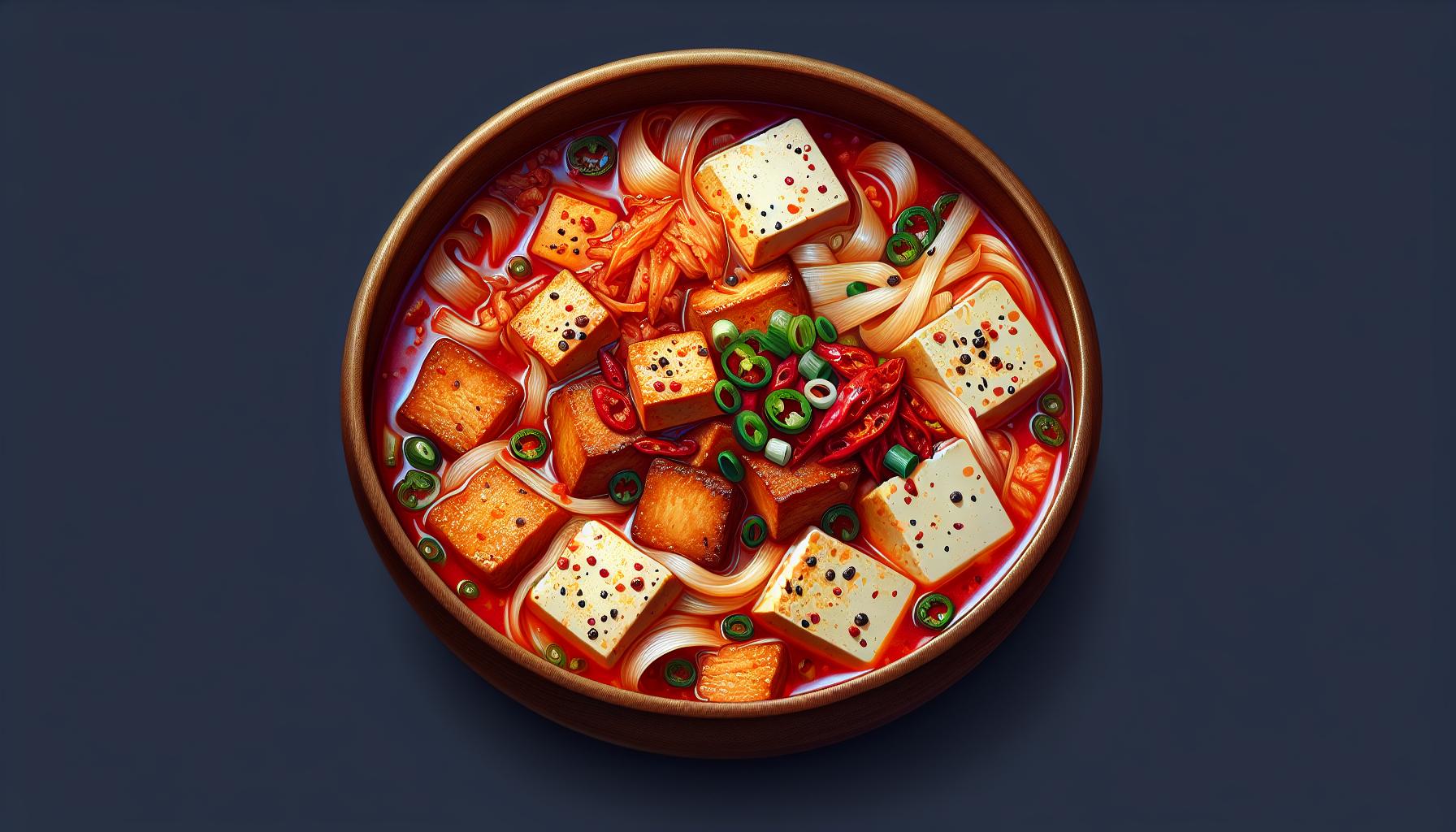
Making your homemade Kimchi Soondubu Jjigae isn’t just about following the basic recipe. It’s about adding your personalized touch to it and perfecting it. Here’s a few tips that’ll help take your stew to the next level.
To start with, attention to ingredients is key. It’s crucial to use homemade kimchi. It will significantly enhance the flavor. If your kimchi is aged, even better! Aged kimchi gives the stew a fuller flavor and adds depth.
For the protein, while pork is common, you can mix it up. Possibilities include seafood, chicken, or even beef. The golden rule here is to slice them thinly. Why? Thin slices will take up flavors better and cook much faster.
Adjusting the chili is important as well, depending on how adventurous you are with spices. Gochugaru (Korean chili flakes) and gochujang (Korean chili paste) can be intimidating. But remember, you’re in control. If you enjoy that fiery kick, add more, if not steer clear.
Adding a dash of sweetness introduces another layer of flavor. A slice of Asian pear or a pinch of sugar can often bring a nice balance to the heat.
For our vegan and vegetarian friends, the stew can easily be adapted. Replacing pork with mushrooms is a great start. You can also experiment with various vegetables like zucchini, spinach, or even baby corn.
Control the thickness of your stew too. Prefer it thicker? Go easy on the water. Like it light and soupy? Add an extra cup or two!
Remember, while these are tips are designed to help you, they’re not set rules. The best part of cooking is the chance to experiment and make dishes your own. If you love oyster mushrooms in your stew, add them! This is your Soondubu Jjigae. Make it the way you’ll enjoy it the most.
Conclusion
You’ve now got a clear roadmap to creating your own delicious Homemade Kimchi Soondubu Jjigae. Remember, the secret lies in using homemade kimchi and slicing your proteins thinly for that intense flavor. Don’t be afraid to play around with the level of spiciness and sweetness to suit your palate. If you’re vegan or vegetarian, there are plenty of alternatives like mushrooms and various veggies. The beauty of this stew is in its flexibility, so feel free to experiment and make it your own. Your perfect bowl of Homemade Kimchi Soondubu Jjigae is just a cook away. So, roll up your sleeves and get started on this culinary adventure. Trust us, your taste buds will thank you!
